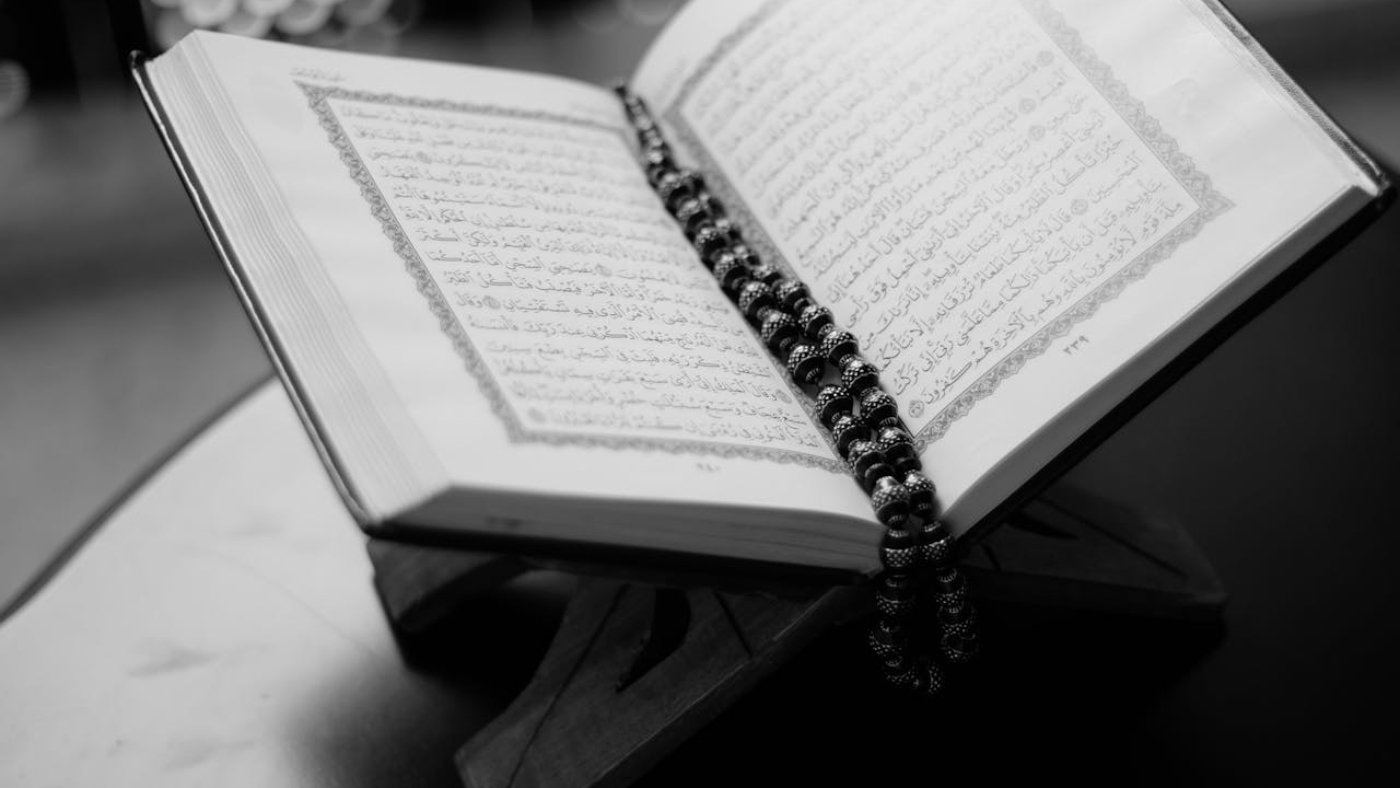Introduction:
- Salah is unique as it encompasses both the spiritual and physical realms of worship. This article will delve into the dual nature of Salah and how it impacts a believer’s life.
Key Points:
Spiritual Dimensions of Salah:
- The recitation of Quranic verses, du’as, and dhikr (remembrance) during Salah is a profound form of spiritual communication.
- Intentions (niyyah) in Salah: One must make a sincere intention before performing Salah, which aligns the heart with the act of worship.
- Concentration and Khushu’:
- Khushu’ refers to humility and deep concentration during prayer. Achieving a state of tranquility and focus allows the worshipper to feel connected with Allah. The importance of Khushu’ is highlighted in various Hadiths.
The Role of Surah Al-Fatiha:
- Surah Al-Fatiha is recited in every unit of prayer (rak’ah). It is a supplication that covers praise, requests for guidance, and seeking mercy from Allah.
Physical Movements in Salah:
- Salah is also a physical act, involving a sequence of movements such as standing, bowing, prostrating, and sitting.
- Each posture in Salah has a symbolic meaning. For example:
- Rukoo’ (bowing) symbolizes submission to Allah.
- Sujood (prostration) is the most humble position, signifying total surrender and submission to Allah’s greatness.
Health Benefits of Salah:
- The physical movements of Salah contribute to physical fitness and flexibility. Sujood, for example, is a great exercise for the spine and muscles.
- Regular Salah regulates blood flow, improves digestion, and has been linked to better mental health, including reducing anxiety.
Conclusion:
- Salah bridges the gap between the spiritual and physical worlds, offering both mental and physical rejuvenation. It encourages a holistic approach to worship that nourishes the body, mind, and soul.


Add a Comment